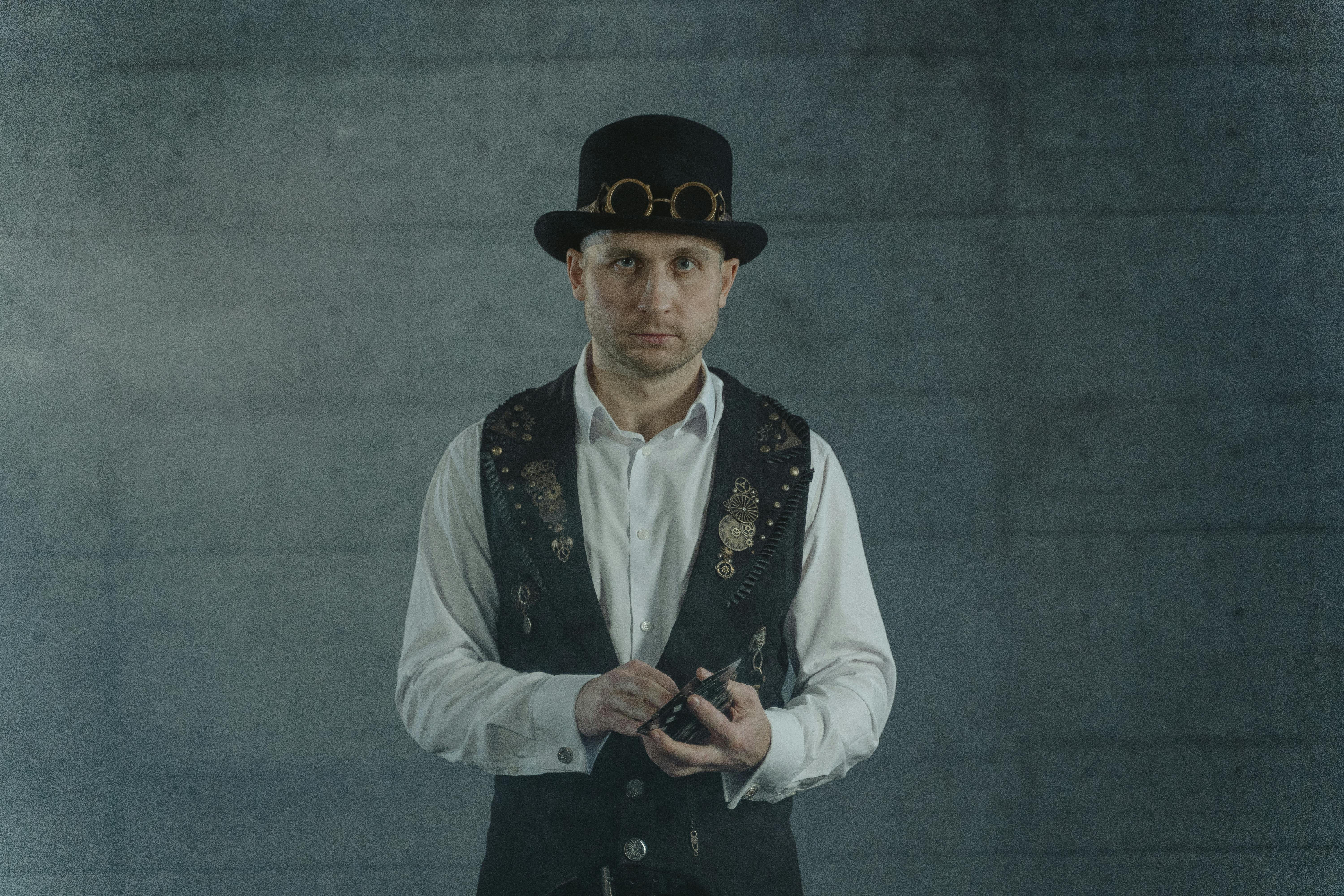Knee pain – Thigh pain – Bending or squatting

Knee pain or hip pain after bending or squatting is common in people with tight lower back, hip, and knee muscles. Most of us who sit all day have tight muscles in our lower backs and lower extremities. So when we perform squatting or squatting motions, whether done for a long time or repetitively, you may feel weakness, discomfort, or pain in your hips, groin, front of thighs, as well as along your thighs. inner thighs and maybe even pain in the knees. . This should tell you that the muscles in these areas were abused by squatting or squatting.
The muscle responsible for discomfort or pain in the front of the thighs or pain in the front of the knees is the rectus femoris muscle, and the muscle on the inner thigh and knee that has been stressed is the muscle. adductor major.
If the pain is on the outside of the knees, the pain is likely due to stress from the tensor fascia latae muscle and if the pain is on the back of the knees, the pain is coming from the hamstring muscles.
Although the other quadriceps muscles are important in producing pain in the anterior thigh and knee, they are not the main muscles to be injured as the other quadriceps cross only one joint, namely the knee joint, while the rectus femoris (which is also a quadriceps muscle), the tensor fascia. Lata and hamstrings cross the hip and knee joints and are therefore more likely to be abused when bending or squatting.
Initially, pain in the front of the thigh and knee is more common than pain in the back of the thigh. Due to our sedentary positions that involve sitting for prolonged periods, the muscles in the front of the hip, such as the rectus femoris, tensor fascia latae, and psoas major, can become chronically shortened, while the muscles of the posterior part of the hip, gluteus maximus (buttock muscle), hamstrings, and adductor maximus are chronically overloaded and weakened.
In the knee joint, sitting places the knees in a bent position, thus the rectus femoris and tensor fascia latae, whose functions are to extend the knee, are overstretched and weakened, while the hamstrings , whose function is to bend the knee, are shortened and tightened. due to imbalance of muscle strength as in the principle of the seesaw.
When stooping or squatting, the sitting position is exaggerated with excessive hip and knee flexion. Therefore, the rectus femoris and tensor fascia latae muscles become shorter and tighter at the hip and longer and stretched at the knee. The overshortening contraction on hip flexion (flexion) and the overlengthening contraction on straightening (extension) of the knee injure the rectus femoris and tensor fascia latae muscles.
To hold a person in a crouching or squatting position, the muscles behind the hip have to undergo an over-lengthening contraction in addition to an over-shortening contraction at the knee. Since the muscles in the back of the hip that have to undergo a lengthening contraction, such as the gluteus maximus and adductor maximus, are huge and very strong, the hamstring muscles that also perform the same action in the hip can now have more concentrated power to bend the knee. The stronger the pull of the hamstring muscles to actively bend the knee, the more power the rectus femoris and tensor fascia latae muscles will have to exert to counteract this force.
Therefore, when you try to stand up straight after bending over or squatting, the first weakness, discomfort or pain will be felt in the front of the thigh and in the front of the knee, giving rise to knee pain. thigh and knee.
© 2007 copyright www.stopmusclepain.com